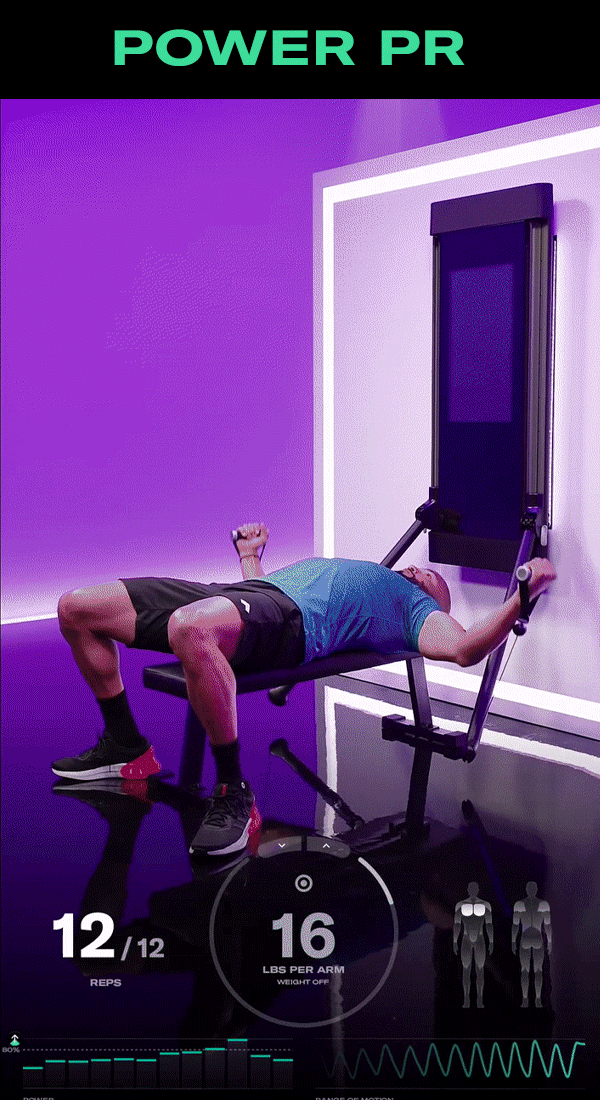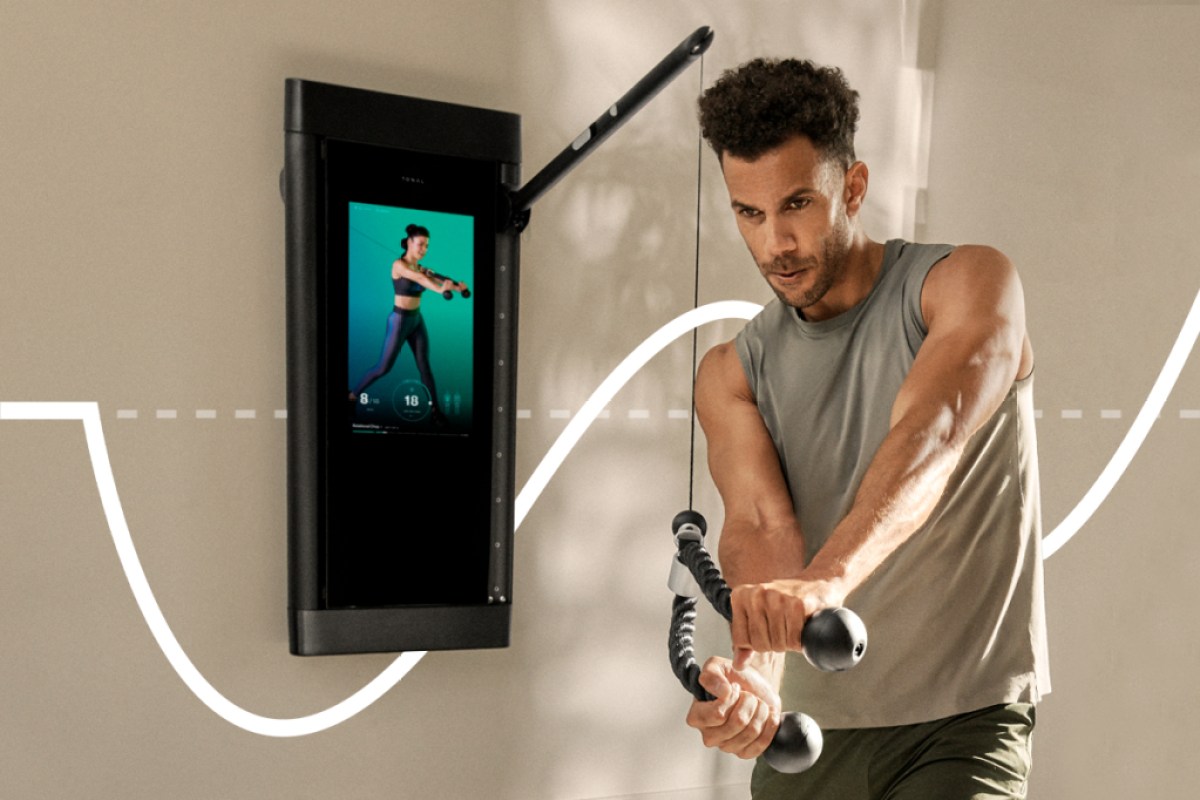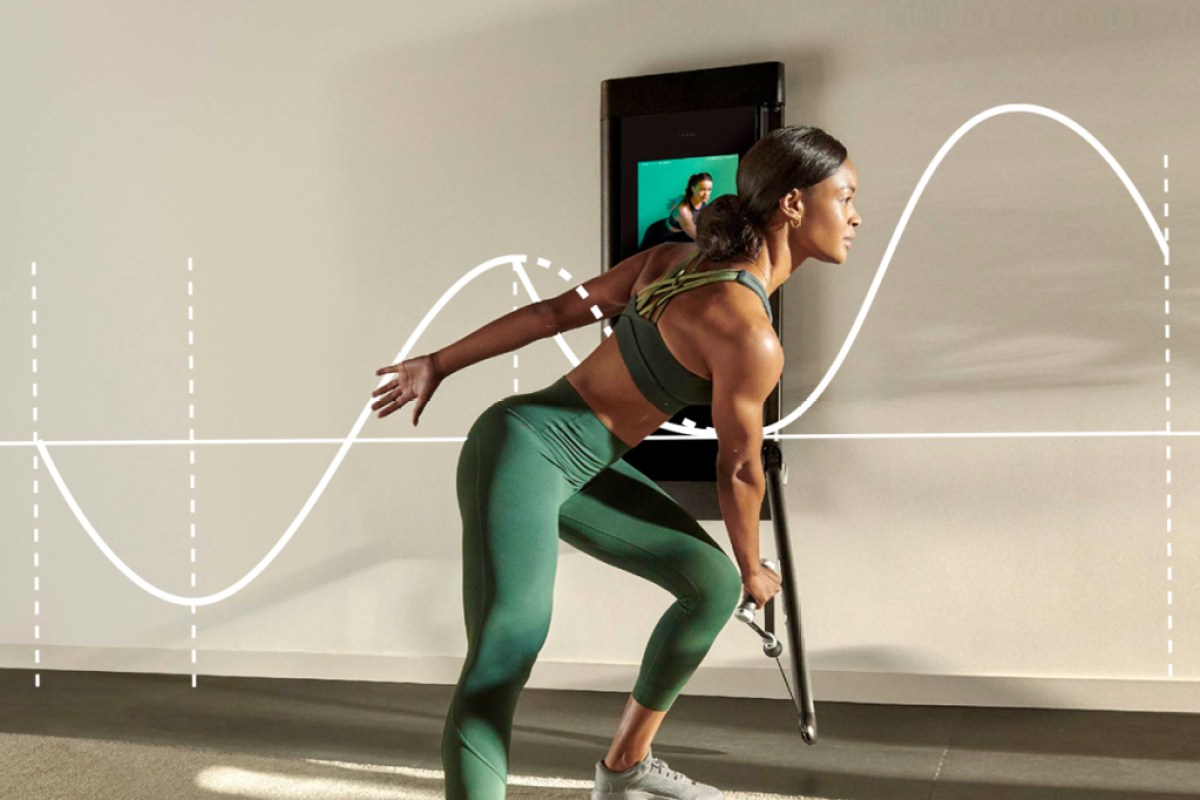Learn why power training can take high-performing athletes and everyday people to the next level.

Strength training is vital but if you want to train like an athlete, power training is the way to go. It’s easy to think of strength and power as the same, but power training focuses less on how much resistance you can move and more on how fast you can move it.
Power is the ability to move or overcome resistance quickly. Instead of fighting to slowly come up from the bottom of a heavy squat (a strength-focused exercise), for power training, you would reduce the load slightly and explode upward as quickly as you can.
Here’s what you need to know about power training and how to incorporate it into your program.
What is Power?
Power is the ability to produce force rapidly. On Tonal, when you hit a new speed at the same weight or even at a heavier weight, you end up with a new Power PR (personal record).
The heavier the load, the more difficult it becomes to move it. That slows you down. Less resistance allows you to move more quickly. The goal of power training is to slowly inch up the force velocity curve (shown below) so you not only get stronger, but can produce force more quickly.

What Makes Power Different From Strength?
Power training targets the fast-twitch muscle fibers–the ones that are dominant during explosive movements like sprinting and jumping, and the ones we lose as we age. In contrast, typical strength training programs use slower speeds and focus on the total amount of force exerted.
“A majority of your joints are built for speed based on their structure, making most of the human body designed for speed rather than strength,” explains University of Miami kinesiology and sport science professor Joe Signorile, PhD, When you always focus on lifting heavier, you’re missing out on maximizing your potential and the overall capabilities of the human body.
![a quote on the benefits of power training: “Whether you’re a professional athlete or a weekend warrior, you always have a very finite time to exert force […] so if you bring up the velocity of the entire spectrum, then you're able to hit peak power faster, which translates to better performance.” - Bryan Mann, PhD](https://www.tonal.com/wp-content/uploads/2022/06/Bryan-Pullquote.png?resize=1200%2C600)
What Are the Benefits of Power Training?
Simply put, power training helps you get faster and more powerful.
“Whether you’re a professional athlete or a weekend warrior, you always have a very finite time to exert force to hit or throw, to change directions or accelerate,” explains Bryan Mann, PhD, assistant professor of kinesiology and director of sport science at University of Miami. “So if you bring up the velocity of the entire spectrum, then you’re able to hit peak power faster, which translates to better performance.” In fact, research shows that what differentiates high-performing athletic teams is their ability to develop power.
Power training not only enhances your performance in sports, it can help you recover faster between sets so you fatigue less during in your training sessions, and may even lead to small shifts in muscle fiber type, so you’ll be able to move and react faster.
This doesn’t just matter for high-performance athletes. Research shows power training makes everyday activities easier too. When you’re going up and down stairs, getting up from a chair, even simply walking, training for power can help build that spryness into your movements.

How Can You Train For Power?
You can build power effortlessly into your program with these simple tips.
- First, focus on building muscle, or hypertrophy. “There has to be an adaptation phase to make sure you have a base strength before adding a velocity component,” says Mann. It can take between two to eight weeks to build muscle, depending on the training status of the person.
- Move with the intention of speed. The goal of power training is to accelerate quickly, so focus your mind on pushing that power output up a notch on Tonal.
- Practice velocity at different weights. While your goal is to get your speed dialed in at heavier weights, research shows power training at low and heavy weights can optimize your training efficiency.
- Prioritize strength when you hit a power plateau. “When someone isn’t getting faster at a certain weight, it’s time to increase the load to break through that velocity plateau,” says Signorile. You’ll be slower and your power output will decrease temporarily; but with progressive overload, you’ll see improvements in both strength and power.



